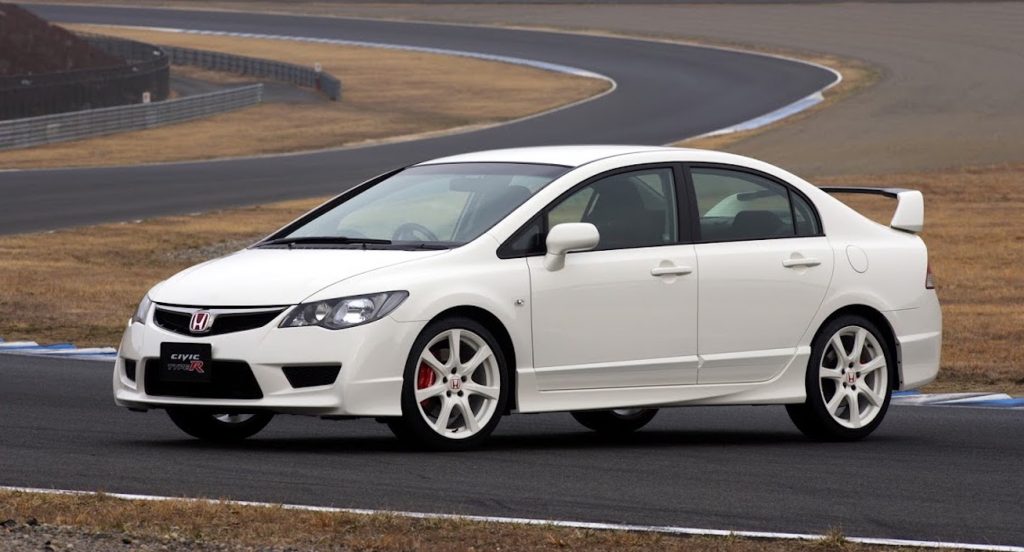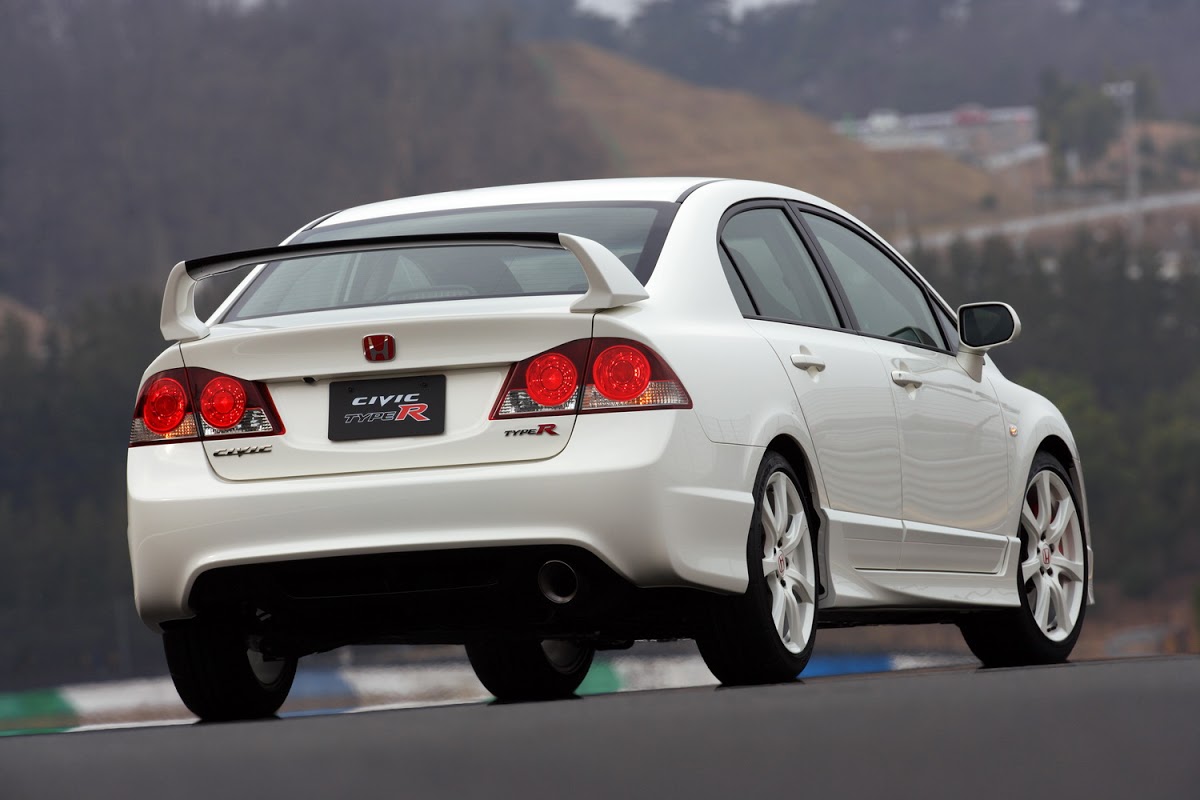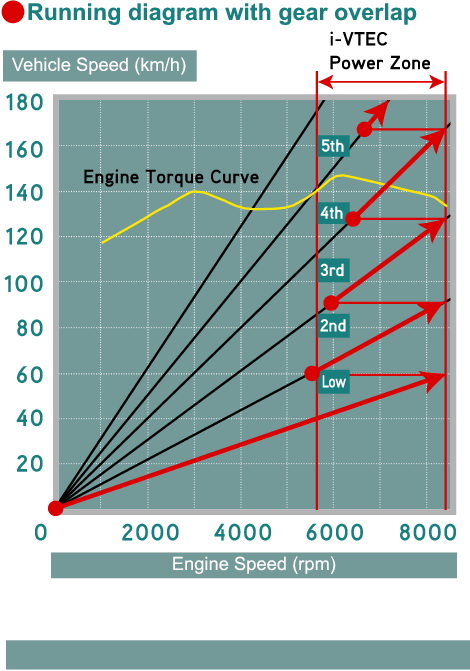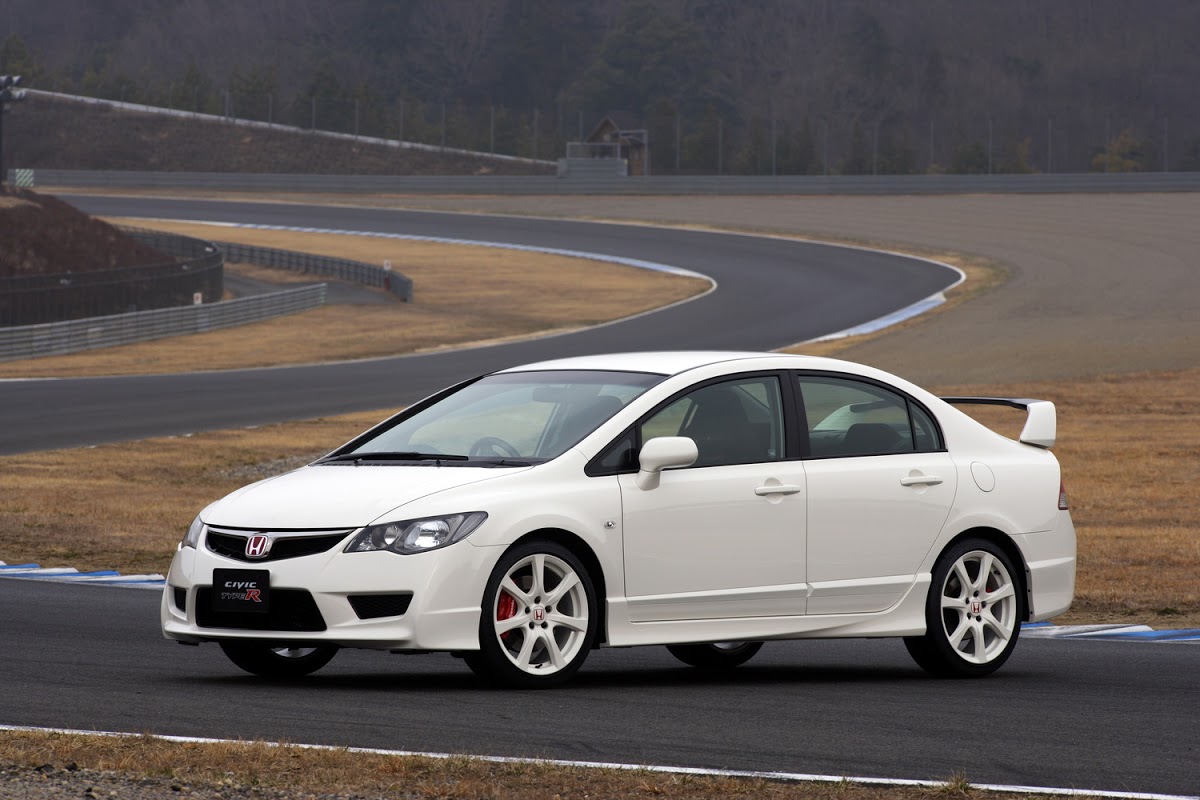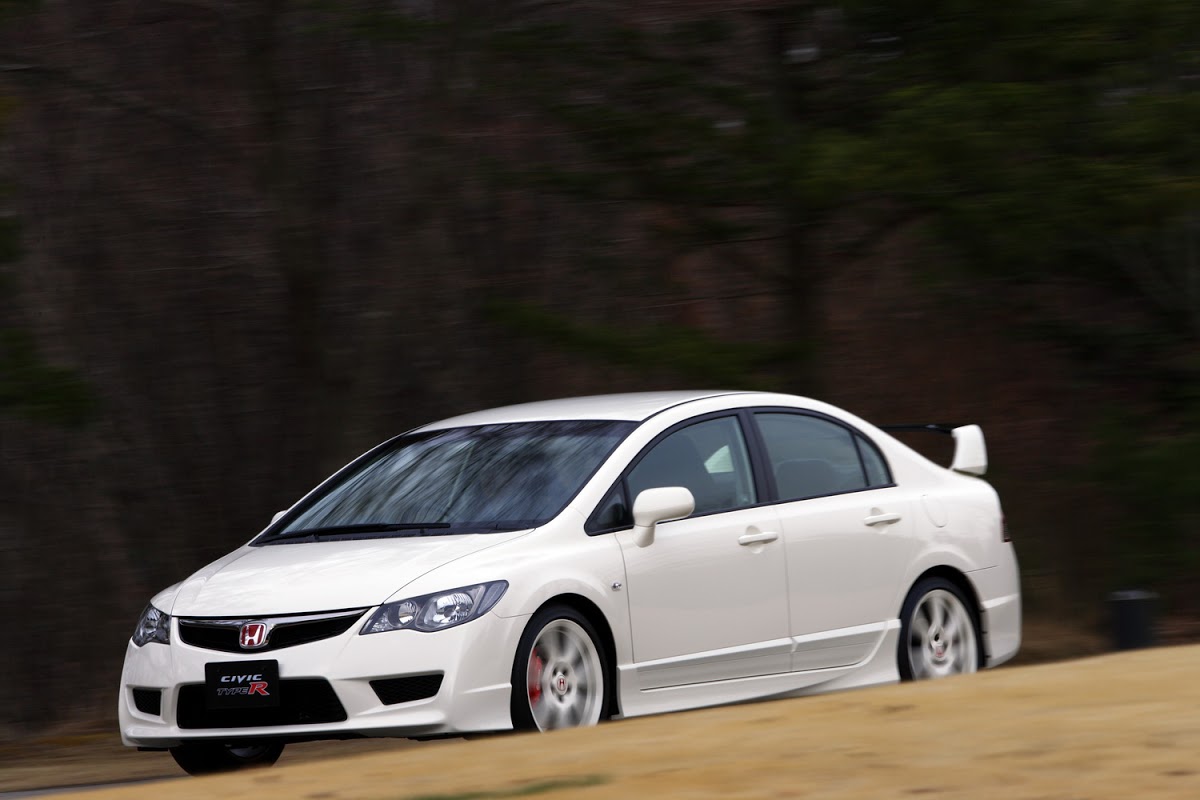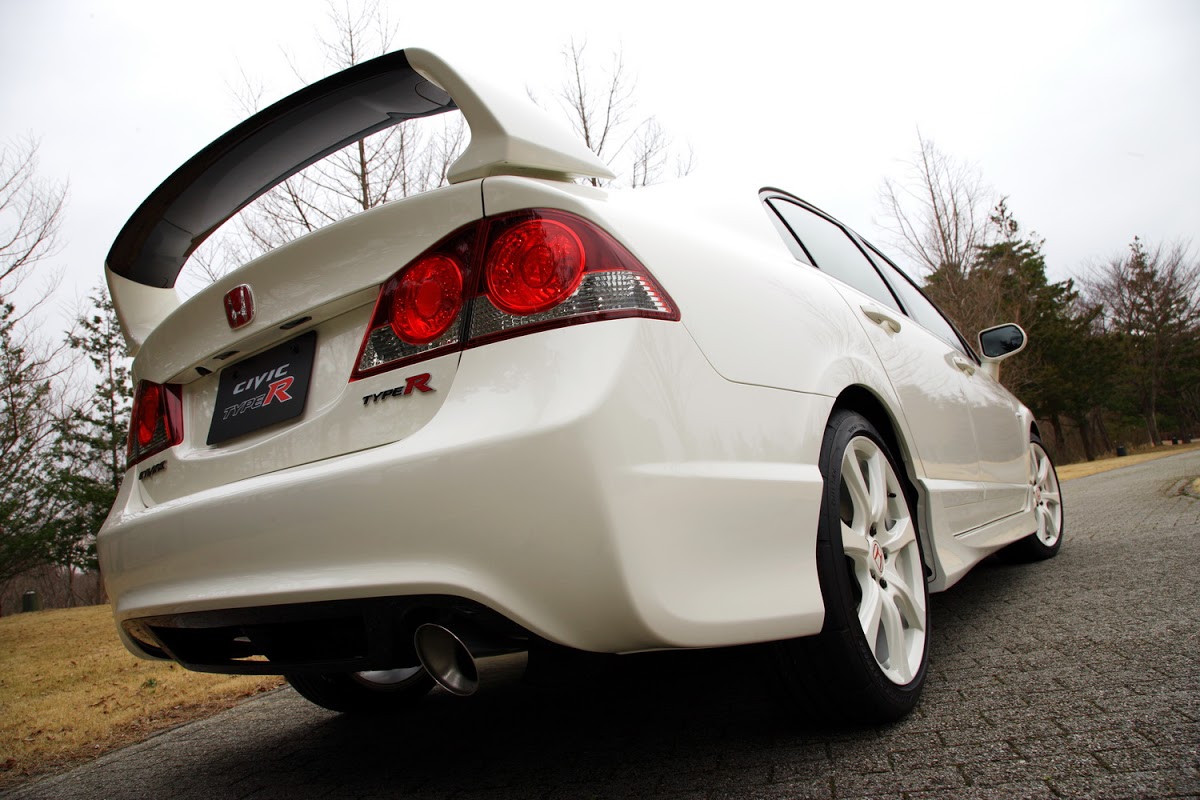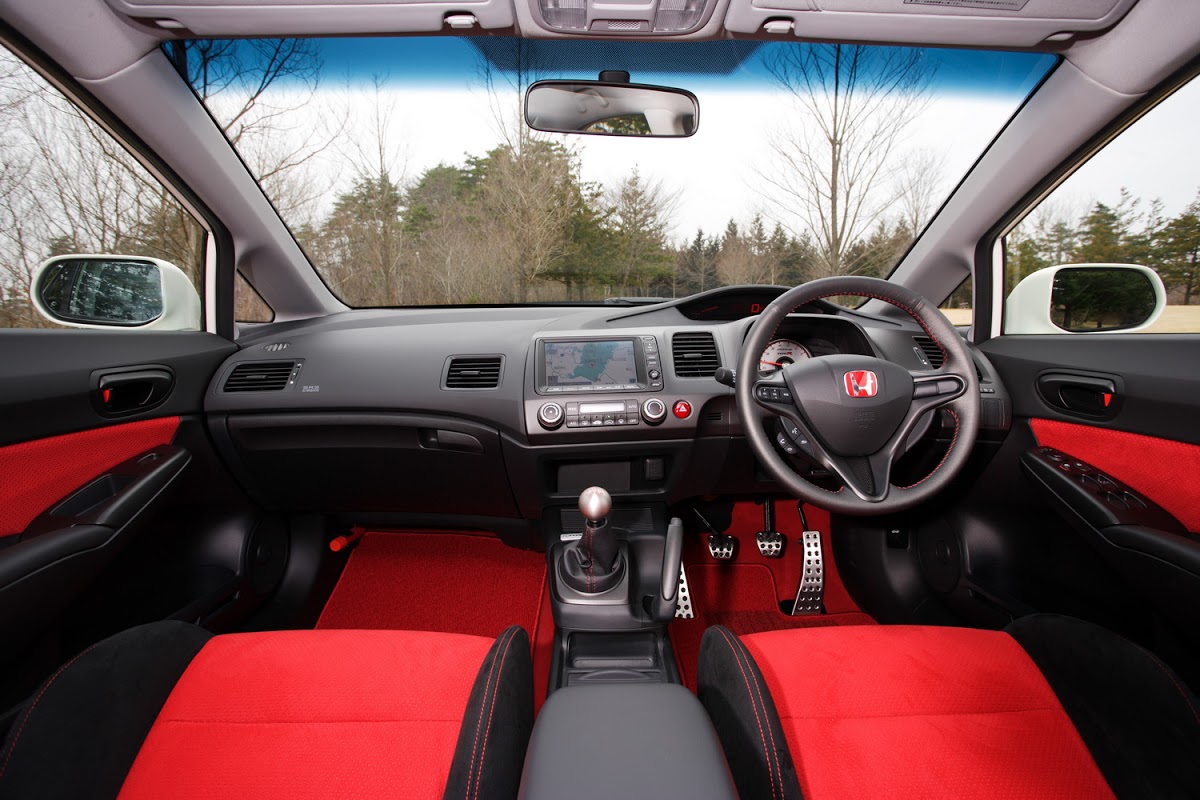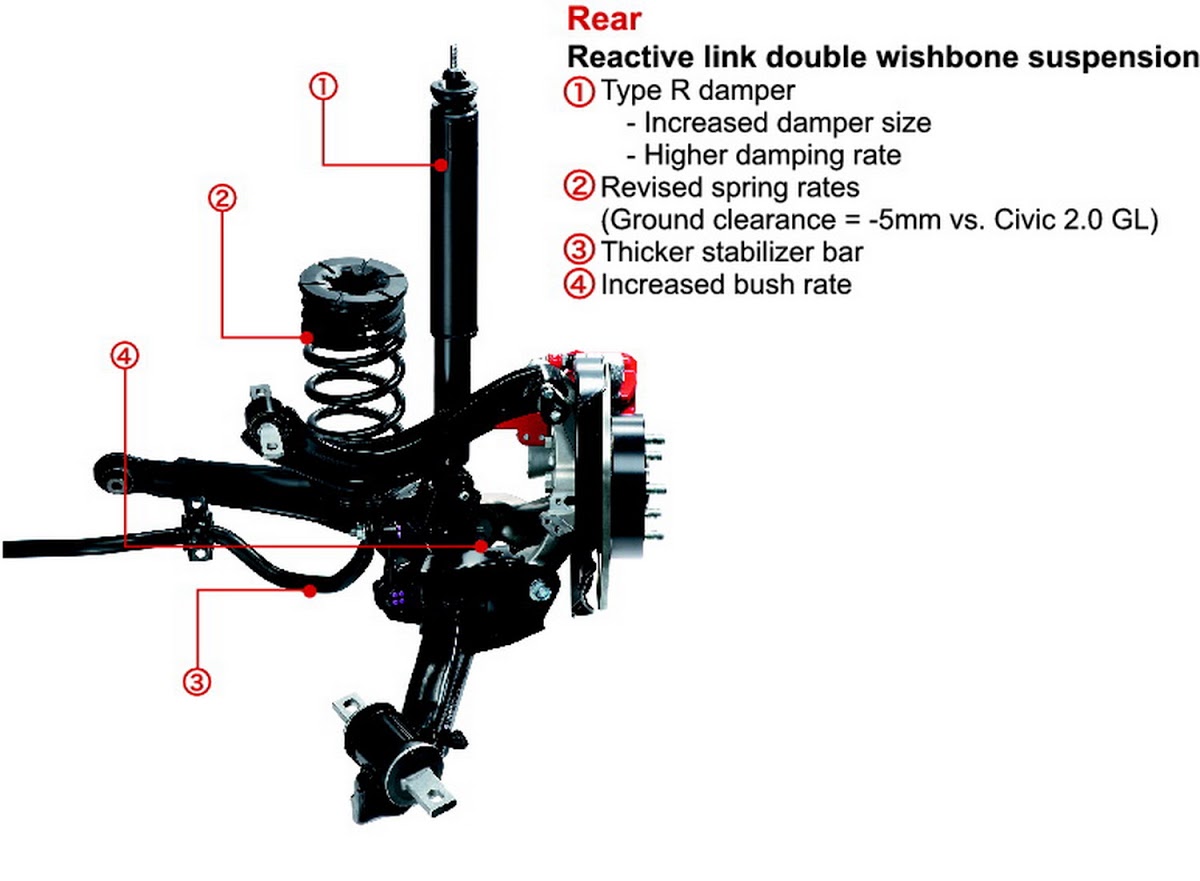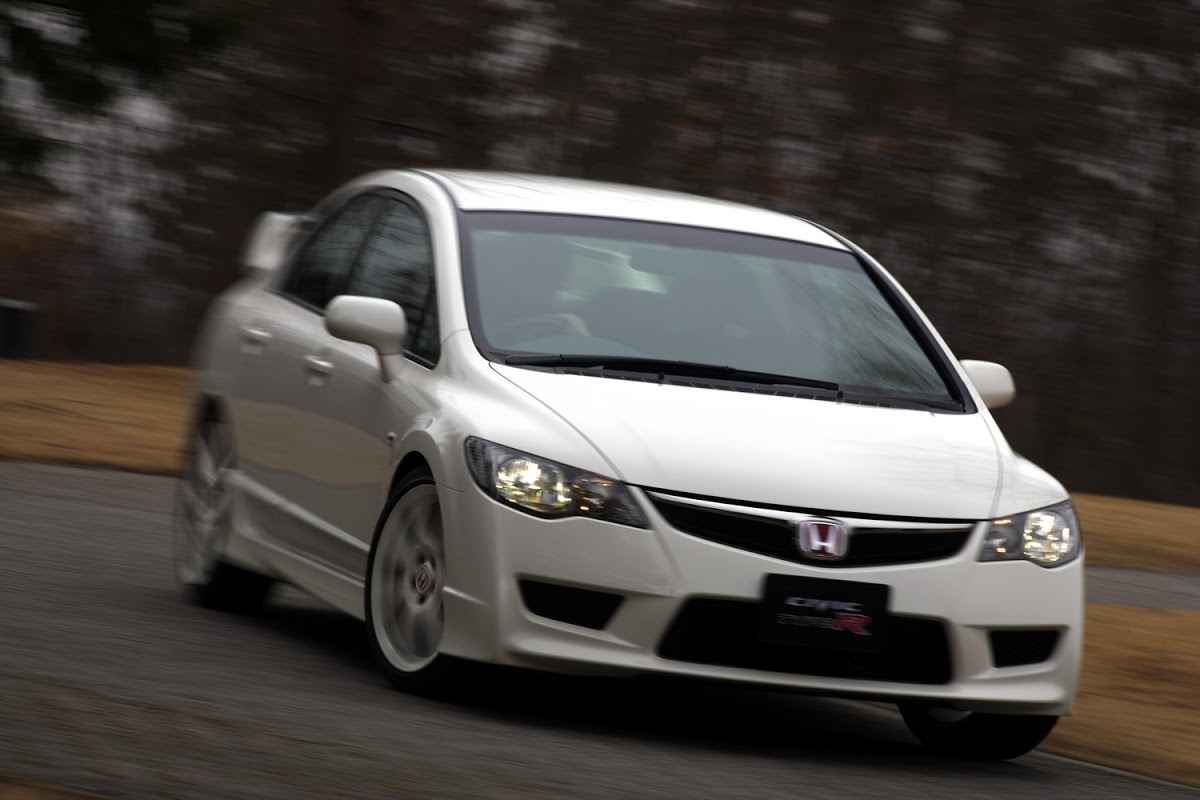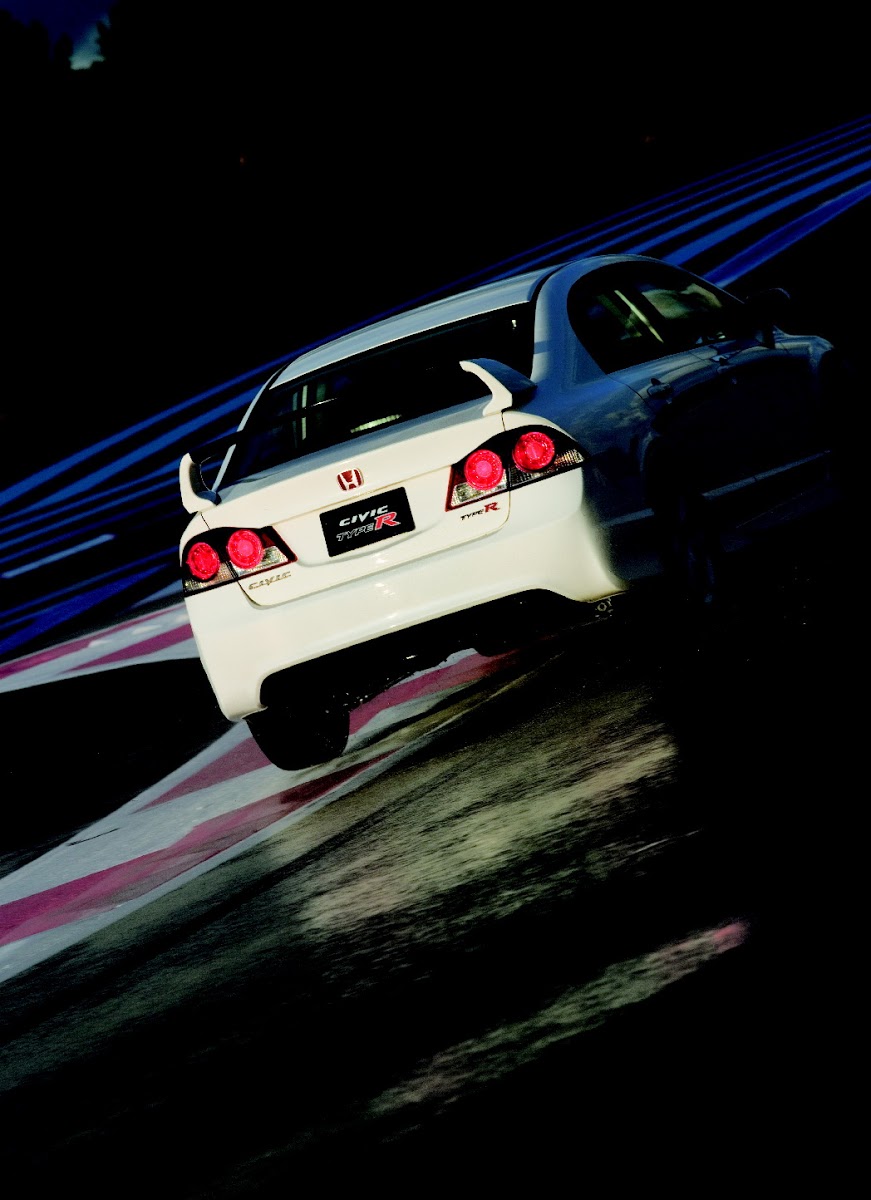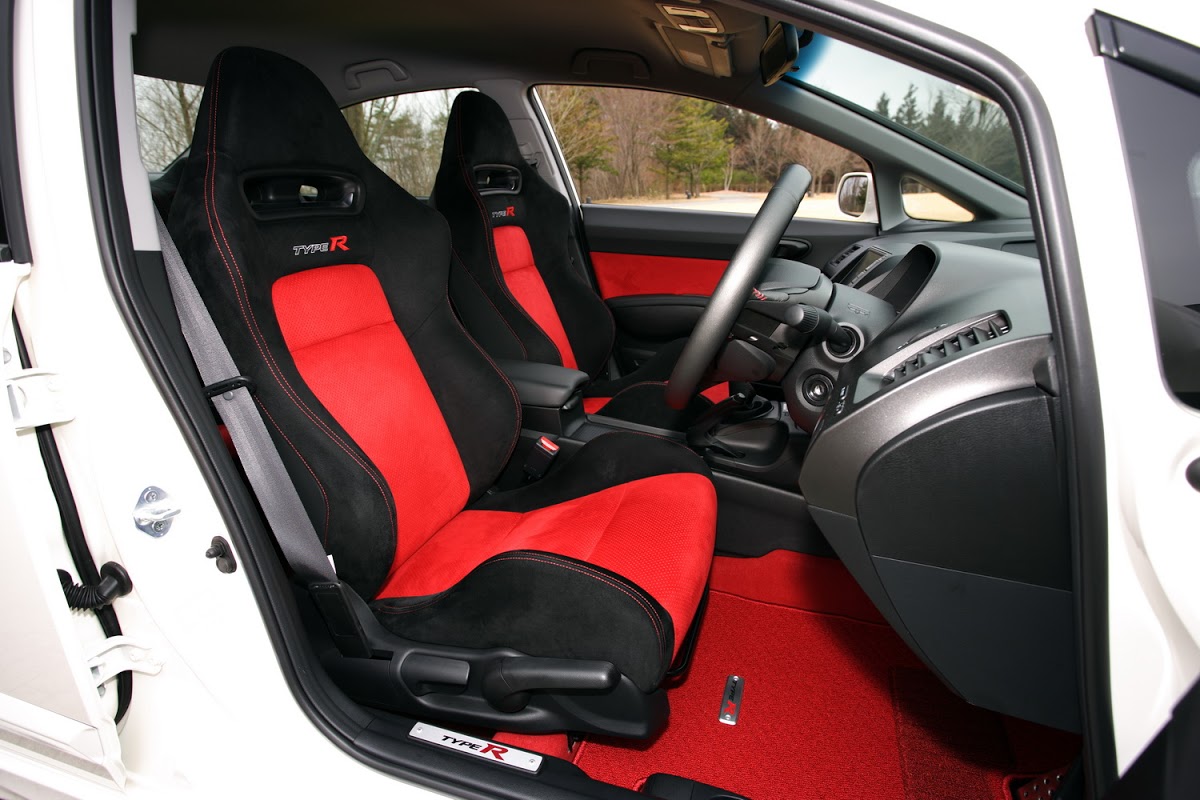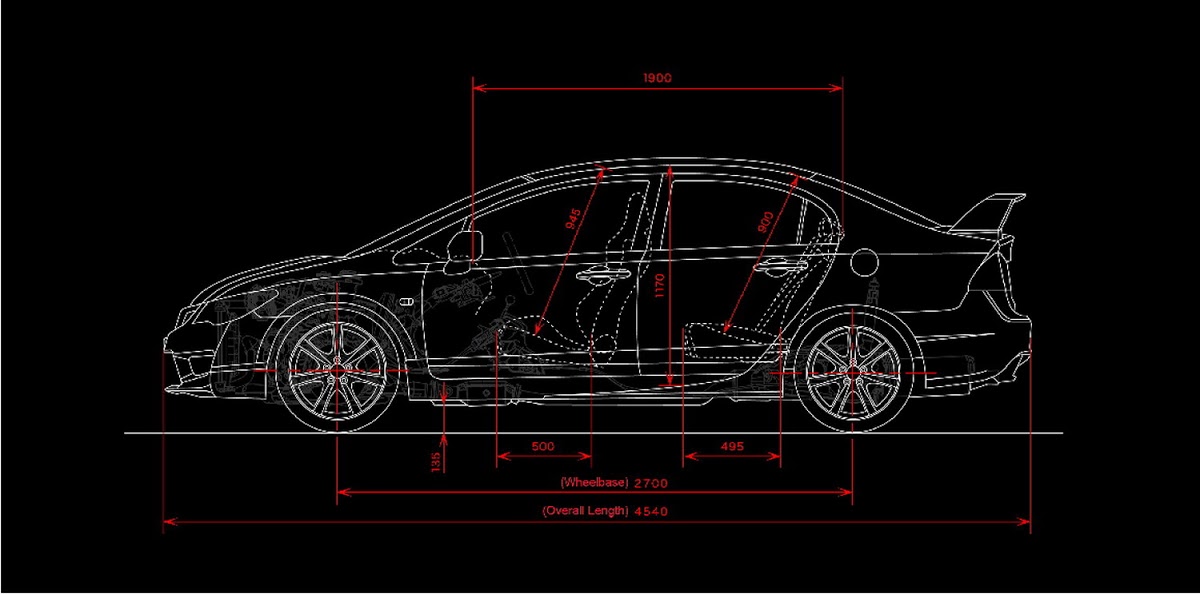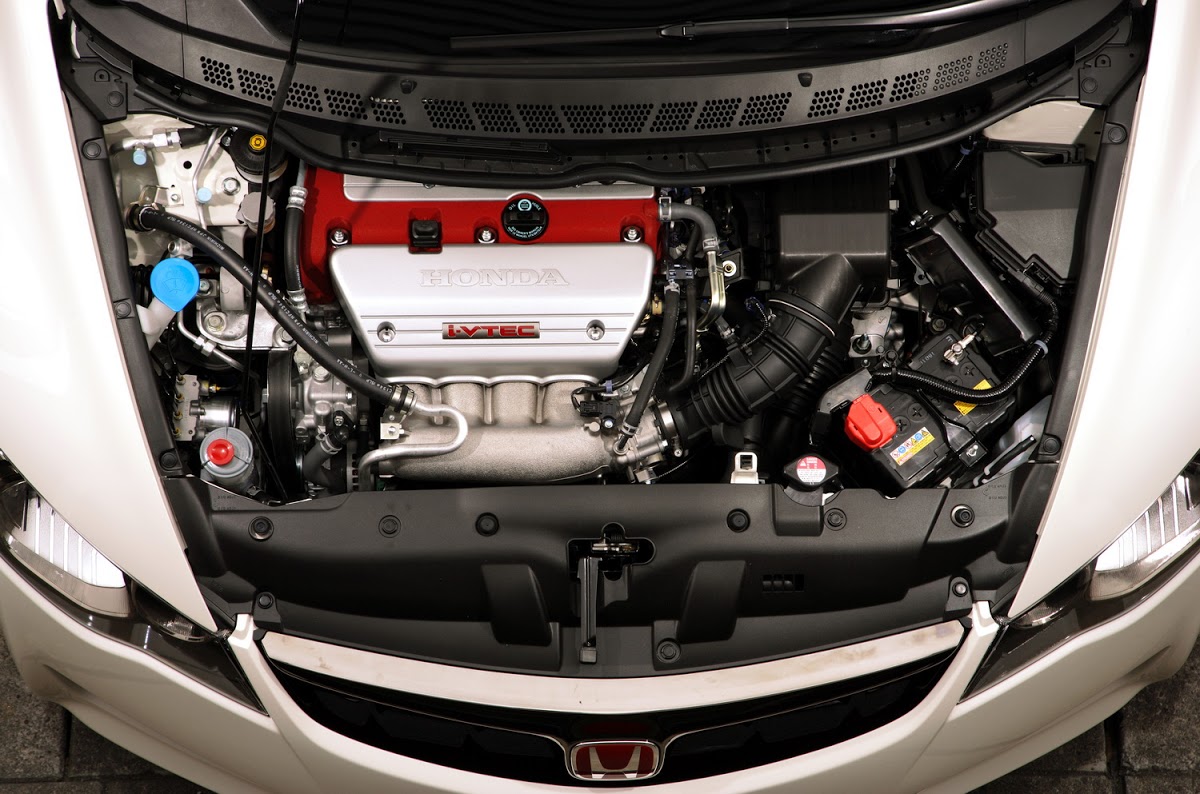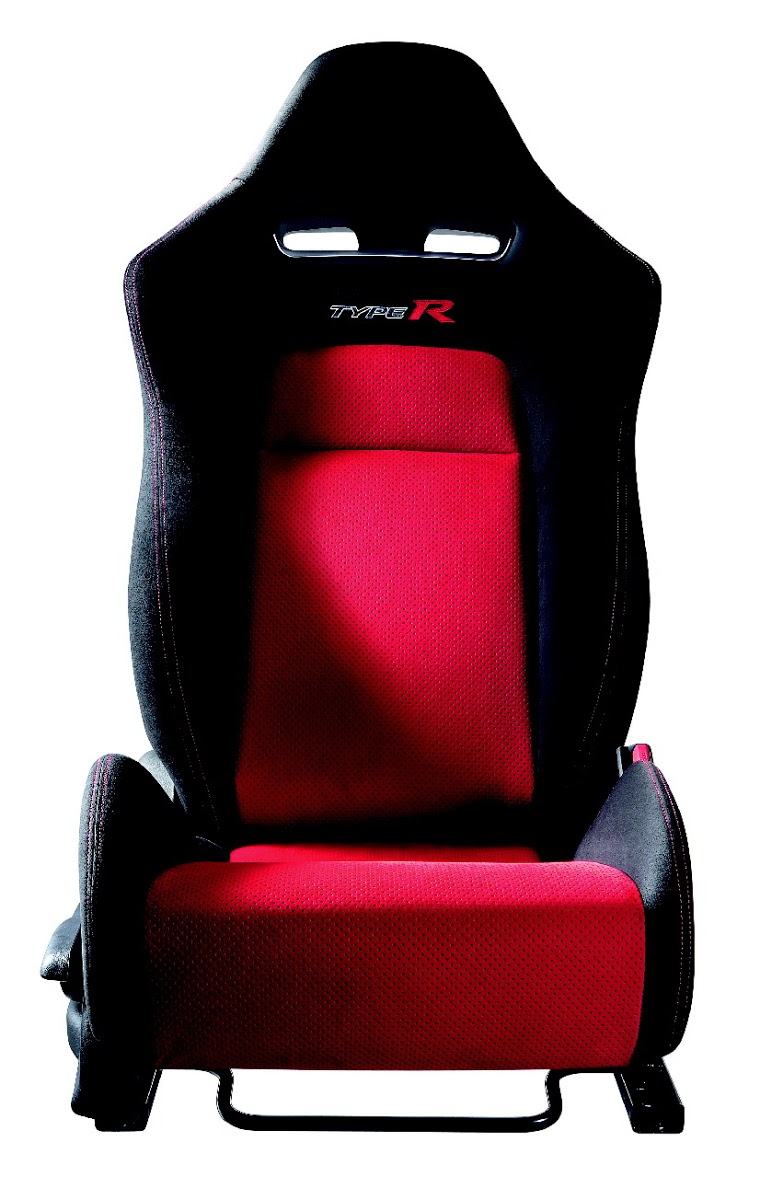Sometimes you meet a car that turns everything you thought you knew about the model on its head. The 2007-2011 FD2 Honda Civic Type R is the perfect case in point. Let me explain.
Back in 2006, a decade before the hottest version of the Civic officially made it to the US, Honda’s Swindon plant in the UK was starting to churn out the new Civic Type R hot hatch to send to dealers in Britain and around the world. It featured the latest FN2-generation hatchback Civic’s sci-fi styling, but the familiar high-revving, naturally-aspirated 2.0 K20 motor from the precious 2001-2005 EP3 Civic Type R hatch.
Disappointingly, it put out precious little extra power to offset the new car’s fuller waistline, so there was no great step forward in performance. Reviews were positive, but not effusive. Sales though, were strong, because the FN2 was a brilliantly bold bit of design. It looked like some kind of futuristic fighter pilot’s helmet and featured more triangle motifs than an Egyptian tourism advert.
But over in Japan it was a very different story. In addition to offering Type R fans a new hot hatch, Honda served up its home market customers a four-door sedan. The body might not have been as avant-garde as the European hatch’s, but the detailing was gorgeous and included a high-rise spoiler, Enkei rims and the must-have Championship White paint option not available on the three-door in the UK.
Related: The Honda Civic Type R Limited Edition Is Worth Every Penny Of Its $43,995 MSRP
It’s on the road though, where you feel how different – and how much more fun – the sedan is to drive. Get the wheels rolling and you’re immediately struck by how light the FD2 feels on its feet. The gearchange is snick-snick perfect and the engine adds revs cleanly and effortlessly, the noise a slightly strained growl at medium speeds that hints at what’s to come.
But when is it going to come? While the UK-spec FN2’s K20Z4 2.0-litre twin cam made 198 hp and 142 lb ft, the JDM FD2 put out a stomping 221 hp and 159 lb ft courtesy of its K20A four-cylinder thanks to goodies like high compression pistons.
That sounds strong on paper, but there’s no getting away from… well, no getting away from anything at all unless you use all of the 8600 available revs (compared with 8200rpm for the FN2). Plant your foot down at 4500 rpm in fourth gear, exactly the point at which an Impreza or Evo would erupt down the road in a forced induction frenzy, and you get a bit more noise and not much of anything else.
And then suddenly, at around 5800 rpm, you’re transported right into the middle of one of those ‘VTEC Yo!’ memes. A polite little VTEC light illuminates on the dash, while a very rude engine assaults every one of your senses and the air in its path. Suddenly your sweet little four-door sedan is making a noise like a full-on touring car, and you’re frantically throwing gears at it to keep the rev needle from trying to introduce itself to the number 9 on the dial.
A decade ago an engine with this kind of character already seemed special. But now, in an era of homogenised turbo power, it’s almost hard to believe we ever had cars so raw, so… exciting.
Sure, you could add a few choice induction and exhaust mods to bring the FN2 hatch’s output close to the sedan’s, but there’s more going on here than the engine. When the very first EK9 Civic Type R went on sale in Japan in 1997, it featured double wishbones up front and a multi-link rear. But by the time the wagon-shaped EP3 hatch arrived in 2001 the front suspension had been swapped for cheaper, inferior MacPherson struts. And then with the launch of the 2006 FN2 hatch, Honda replaced the rear multi-link rear with a simple torsion beam.
However, the FD2 saloon stuck with the multi-link rear meaning it was dragging less unsprung mass and each rear wheel could react more appropriately to changes in the road surface. That should mean greater refinement and more control but the FD2’s more aggressive spring and damper rates means it feels busy on less than smooth roads. There’s no doubt the FN2 hatch would be easier to live with on a long journey or day to day.
The four-door CTR wasn’t built for grinding along freeways at 70 mph, though. It might be a small Japanese sedan but it clearly thinks it’s a 911 GT3 in a compact saloon body, and on country roads, it’s almost as much fun to thrash. Maybe more so, because you can actually thrash it more of the time.
Whether you’re on the gas, on the brakes working those Brembo calipers, or leaning on the sticky tires and feeling the standard limited slip diff – a piece of kit the FN2 hatch didn’t get until 2009 – help you claw your way round every corner, the Type R feels absolutely in its element. In a mid 2000s episode of the British TV show Fifth Gear, Vicki Butler Henderson pitted the FN2 against the FD2 around a wet Castle Combe race circuit and found the sedan 3 seconds quicker.
https://youtu.be/OIdKpj9jsTo
For me though, the bigger improvement, and one you can appreciate at all speeds, not just running flat out, is one you feel through your hands, not the seat of your pants. While the FN2 followed the precedent set by the EP3, going for an electrically assisted steering rack, the FD2 got old-fashioned hydraulic steering that communicates messages from the front wheels far more transparently.
That purity of connection sums this Civic up. There’s a sincerity to the FD2 Type R not all fast cars can claim. There are no gimmicks, no ‘sport’ buttons, no multi-setting dampers, and no fake sound effects. It doesn’t make any pretense at being the perfect all-rounder in the manner of a Volkswagen Golf GTi.
Today, that purity is one of the reasons FD2s are so highly prized. While they’re still too new to be legally imported and driven on the road in the US, many grey import cars have found their way to the UK, Europe and Australia over the past 14 years, where they hold cult status – and are priced accordingly. While you can pick up an FN2 Type R hatch for under £3000 ($4225), a good FD2 Type R sedan will cost you five times as much.








